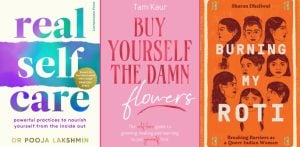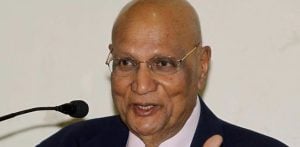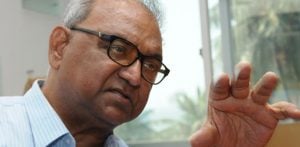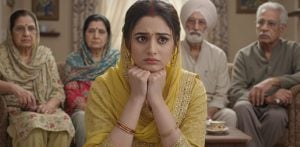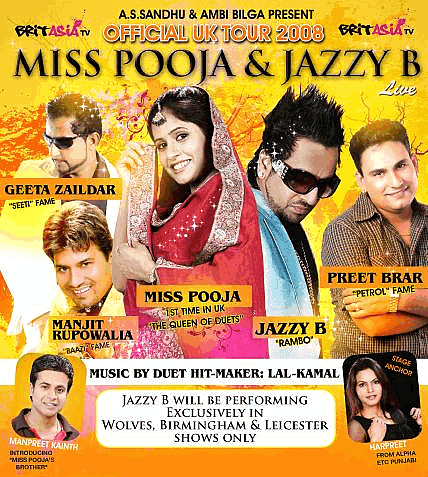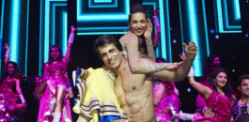Beyond the music, the concerts sparked an economic boom.
Coldplay selling out stadiums in Mumbai. Dua Lipa making her India debut. Ed Sheeran surprising fans with multi-city shows.
For a country once overlooked on global touring calendars, India has rapidly transformed into a must-visit destination for international artists.
The live music boom is not just about entertainment; it signals a cultural and economic shift.
Fans are willing to spend far beyond their means for once-in-a-lifetime experiences, while the ripple effects are felt across hospitality, tourism, and local industries.
What was once a niche market has now become a lucrative, fast-growing hub for global talent.
The Spark of a Revolution

Coldplay’s arrival in early 2025 marked a turning point for India’s concert culture.
When the band announced gigs in Ahmedabad and Mumbai, demand was so high that extra shows had to be added.
Tickets sold out within hours, with prices soaring from $100 to nearly $1,000 on resale markets. This created hysteria, fuelled by FOMO and social media buzz.
The band’s strategy of dynamic pricing and targeted marketing tapped into India’s younger demographic and working-class fans, who were eager to prioritise live experiences over traditional savings.
Beyond the music, the concerts sparked an economic boom. Hotels raised rates, restaurants thrived, and temporary jobs were created across event management and hospitality.
And to top it off, the band’s Ahmedabad concerts broke the world record for the largest stadium show, with over 223,000 fans attending across two nights.
Coldplay’s shows proved that India was an active participant in shaping global pop culture.
The Global Wave

Following Coldplay’s success, India quickly saw a wave of international stars embracing its stages.
Dua Lipa included India in her Asia Tour, introducing a global pop spectacle to a new generation of fans.
Ed Sheeran, one of the world’s biggest touring acts, played across four Indian cities, reaffirming the country’s significance as a profitable and high-energy stop.
This surge was about more than ticket sales.
It highlighted India’s “celebrity fan army”, a fan culture as passionate and organised as anywhere in the world.
International artists found not only packed stadiums but also an audience that amplified their reach through digital platforms.
The performances became cultural milestones, merging Western music with India’s evolving youth identity.
Homegrown Stars riding the Momentum

As global icons set new benchmarks, India’s own artists seized the moment.
Punjabi performers like Karan Aujla, AP Dhillon, and Diljit Dosanjh announced ambitious pan-India tours, drawing huge crowds to arenas and stadiums.
They mirrored the marketing playbooks of their Western counterparts, turning concerts into cultural spectacles rather than simple shows.
These artists understood that fans were ready to spend on experiences that combined music, identity, and community.
For many, purchasing a ticket meant making memories, not just attending an event.
The shift also disproved stereotypes of Indians being overly conservative with money.
Instead, it revealed a vibrant audience eager to blend tradition with modern aspirations, and to place live music alongside milestones like travel or homeownership.
The live music boom in India is more than a passing trend; it is a transformation with cultural and economic weight.
Concerts now generate millions in revenue, attract global stars, and create employment across industries.
Even Prime Minister Narendra Modi has praised their role in uniting people through joy and shared experiences.
For international artists, India is no longer a “maybe” on the tour schedule; it is becoming essential.
For fans, each concert is proof that their country has stepped onto the world stage, not just as an audience but as a driving force in global music culture.
The future suggests only one direction: louder, bigger, and more unforgettable nights under Indian skies.





